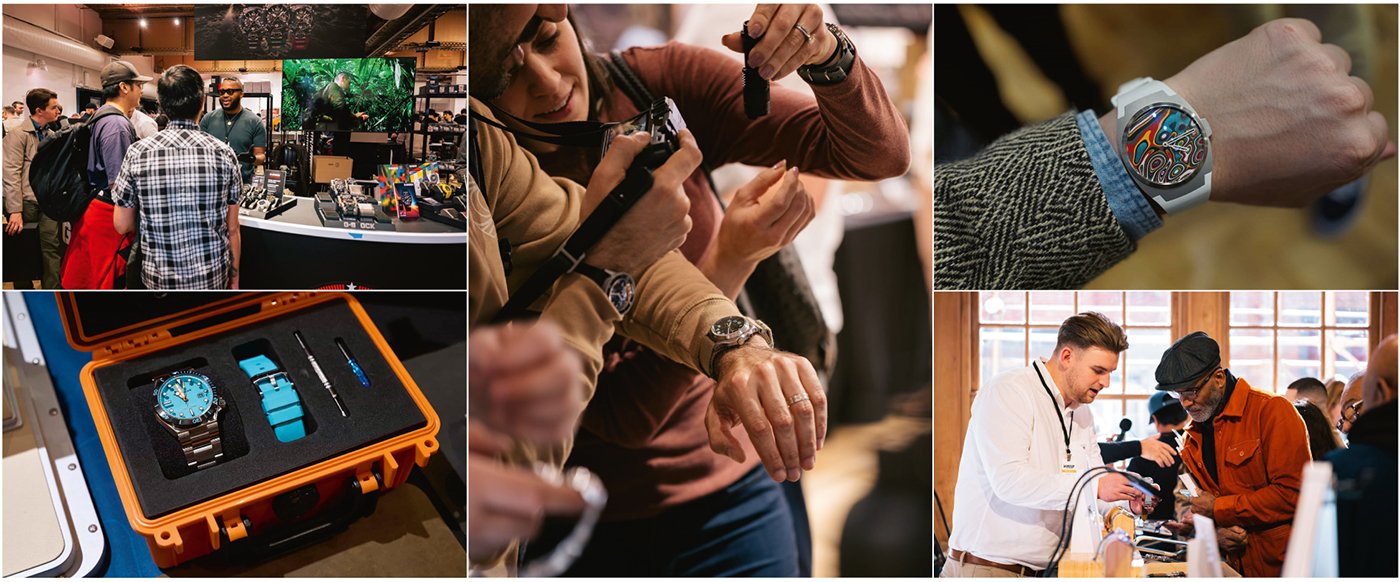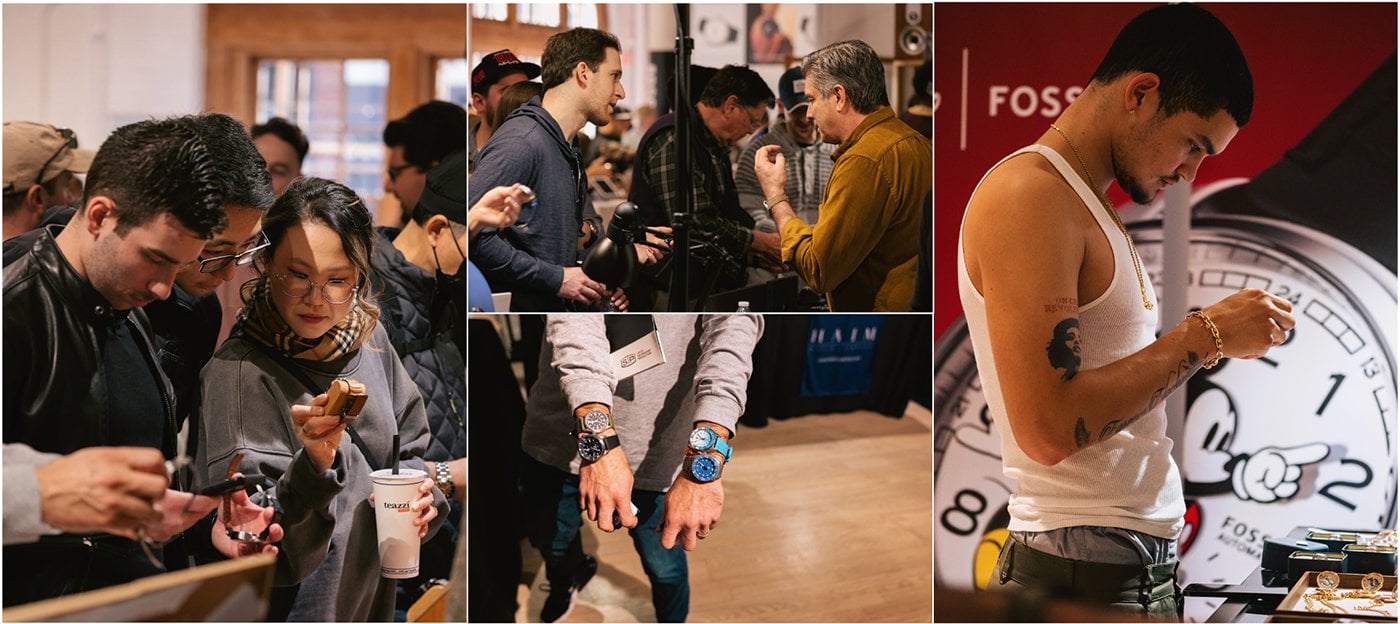he Windup Watch Fair has become a key event for many emerging brands, with annual events held in San Francisco, Chicago and New York. The fair was launched by the founders of the Worn & Wound website, which focuses on the discovery of new watch brands – while also showcasing watches from larger, more established brands, such as Oris, Citizen or Zodiac. The event is a natural extension of the site and the community of enthusiasts it brings together.
But its influence extends far beyond the United States, with brands from all over the world coming to exhibit at one or more of its three annual events. These major “democratic” gatherings of the watchmaking scene are free and open to the general public. “After each edition, we’re blown away by the vitality of this ever-growing community of watch enthusiasts, ready to discover new faces,” explain founders Blake Malin and Zach Weiss. We caught up with them.
-

- Blake Malin and Zach Weiss
Europa Star: What’s the story behind Windup?
Blake Malin: The origins of the show are linked to Worn & Wound, the platform dedicated to watches that we launched in 2011. In the beginning it was a hobby: Zach and I went to university together, we were passionate about watches but realised that there wasn’t much available online for the budgets we had. It started out as a blog, and then became a reference site for a very active community with a particular interest in less common, more affordable watches.
Zach Weiss: We’ve been to several editions of Baselworld and other watch fairs, but it wasn’t really our world or the atmosphere we were looking for, as they were mainly press and trade events. Our world was made of pop-ups and flea markets. So we thought there might be room for a watch event dedicated to the brands we loved, more accessible, offering the possibility to discover lesser-known names. In 2015 we organised the first show in New York, in the SoHo district, with fifteen brands present.

It’s grown a lot!
Blake Malin: Yes, but the spirit has remained the same! We brought together 85 brands at the most recent edition of Windup in New York. We designed the event to be democratic and friendly, so as to encourage exchanges between the brands and the visitors.
Zach Weiss: A visitor recently told me that he was actually there less to see the watches than to meet people, other enthusiasts!
What were the main challenges in organising this new kind of event?
Blake Malin: When we started out, we had no experience of how to organise such an event. For a core group of first-time brands, our concept immediately made sense, while others wanted to wait and see. We were surprised to see how popular the event was from the very first edition. We’re reaching a thriving community.
You’ve expanded the concept from New York to San Francisco and Chicago... are you also thinking about going outside the US?
Blake Malin: There are no concrete plans to do so, but anything is possible. And the United States is a big place: territories like Texas and Southern California are promising for us. Above all, we want to stay true to what we’ve created.
You run the Worn & Wound media, the Windup fair and the Windup boutique in parallel. Are all exhibitors business partners?
Blake Malin: No, there’s a kind of mix. Some brands come totally independently, others via their retailers, and still others are partners of our boutique. It’s worth noting that the show itself is a commercial event: unlike other events of this type, it’s possible to buy watches on the spot, and visitors come with the intention of buying.

Many of the brands present at the show are newcomers. Is there still room for them in the watch market?
Zach Weiss: What we’ve seen is an explosion in the number of new watch brands over the last decade, thanks to the rise of platforms like Kickstarter. Recently, this movement has slowed down a little, and we’re seeing more consolidation of the most coherent existing players. But this world is very much present, and we’re showcasing the types of brands that simply didn’t exist ten or fifteen years ago. Some of these “new” brands are now reaching a form of maturity. What characterises them is a very dynamic side, with new products launched every month, not every year, and a form of accessibility, with many possibilities for personalisation. Their products challenge the status quo in the industry.
Blake Malin: I would add that, because we cater specifically to these new brands, our audience is naturally ready to discover new things. The strength of this community is undiminished.
Given the growth in the number of exhibitors, do you ever have to turn brands away?
Blake Malin: Yes, but that’s usually because we don’t have enough room. We like the space we’re in, but it’s likely that we’ll have to find a bigger space eventually. And we also try to favour brands that offer something new and are genuinely willing to share with visitors at the event. Our readers are very well informed, and this creates demanding but quality exchanges.
Zach Weiss: In addition, the question of “authenticity” is really important; we address brands with a real passion for watches and design. Ideally, the founders should want to be present and communicate in person. “Marketing” brands tend to be overlooked.
Do you cap potential exhibitors by price range?
Blake Malin: No, if higher-priced brands want to participate in the show, we’re happy to discuss it. But the problem is that they’re not always prepared for such a democratic event. And they may have expectations about other exhibitors too.



































